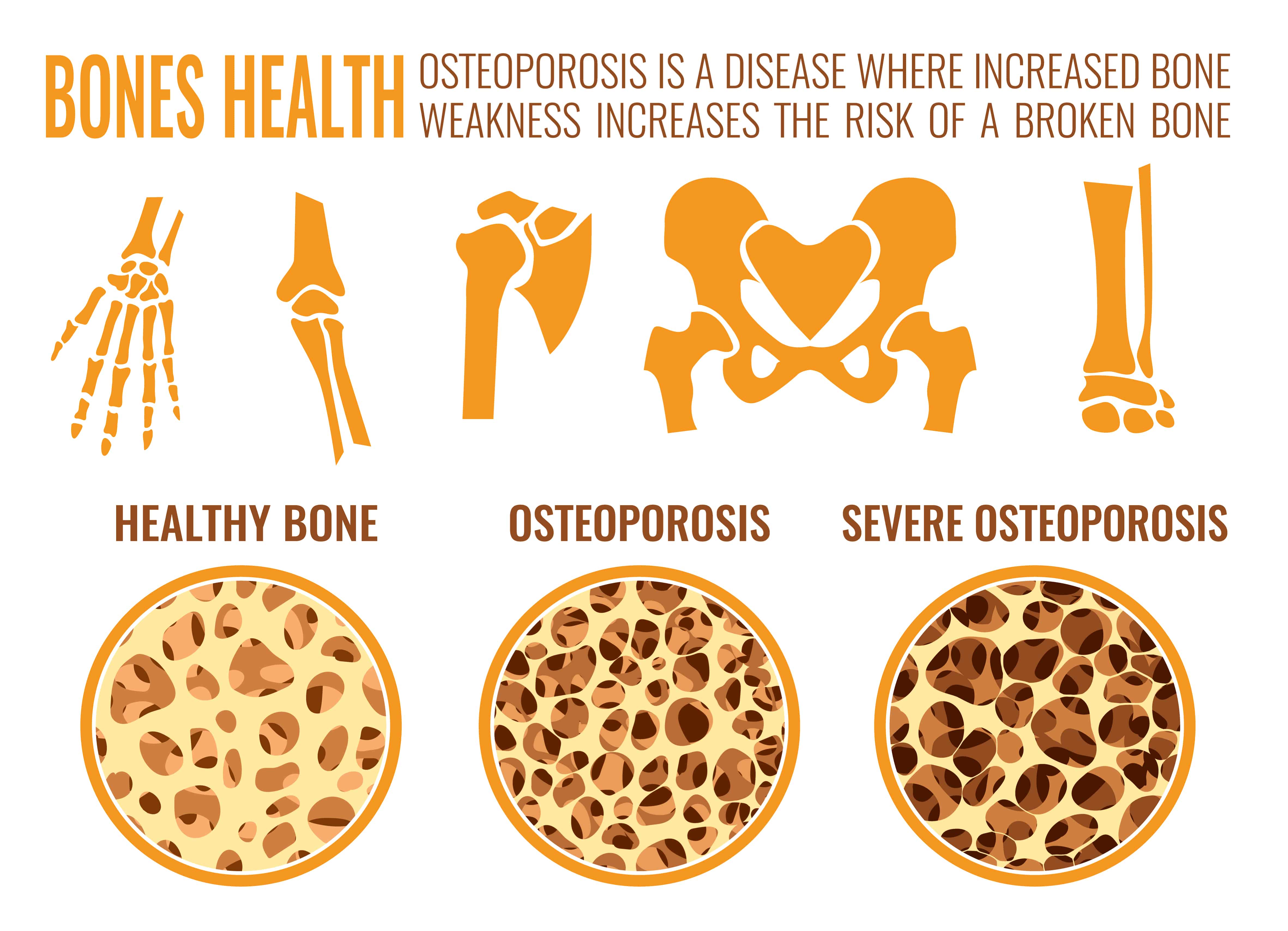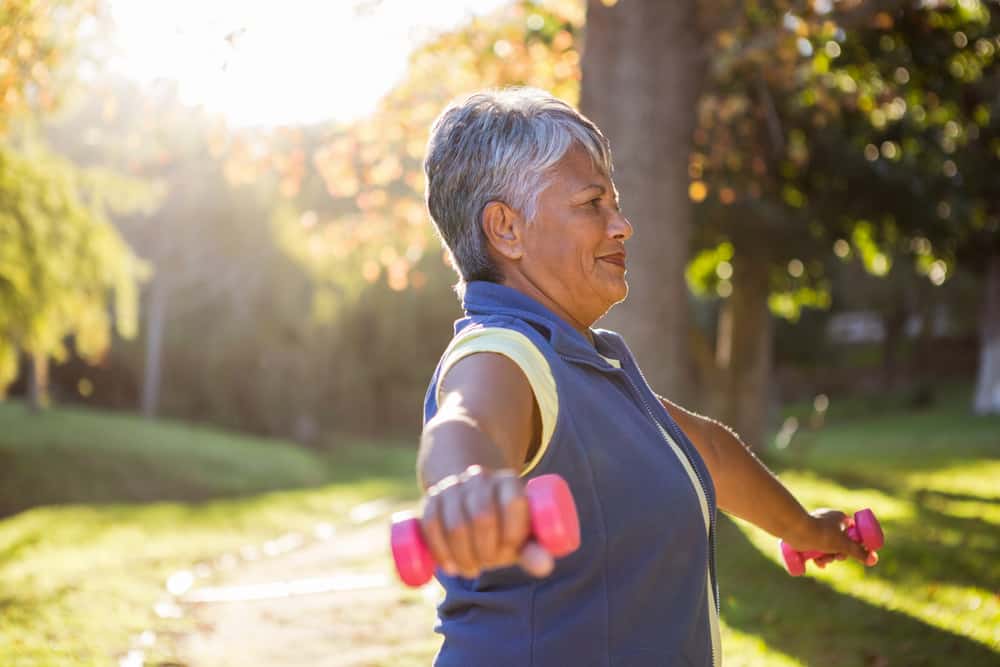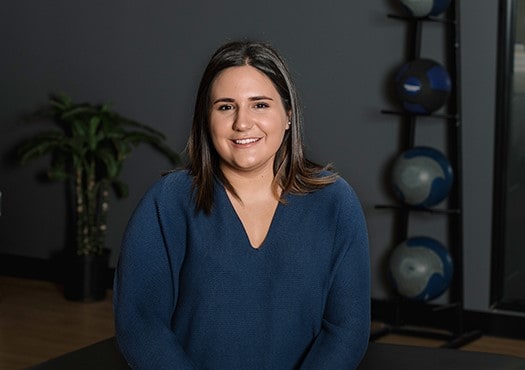While Osteoporosis can affect people at almost any age, it is most common among Canadians 50 years of age or older.¹ Two million Canadians are affected by osteoporosis.² In fact, fractures from osteoporosis are more common than heart attack, stroke and breast cancer combined.³

One of the things we can do to prevent or delay the onset of osteoporosis is exercise. I have put together these general exercise prescription guidelines with exercise program options for osteoporosis prevention:
General Exercise Guidelines for Osteoporosis Prevention
- Perform some sort of exercise daily.
- Strength train at least twice a week (moderate to vigorous intensity). Focus on major muscle groups.
- Aerobic train (a.k.a. cardio) at least 150 minutes per week moderate intensity or 75 minutes per week vigorous intensity.
- Practice balance and proprioceptive exercises daily.
- Stretch daily. Focus on major muscle groups.
*Note: If you currently have a diagnosis of osteoporosis or other under-lying conditions, these guidelines may not be right for you – contact an exercise specialist or physiotherapist at Propel Physiotherapy for more information on how to stay active.
Osteoporosis Prevention Exercise Program Options
Aerobic:
- Brisk walking for 30 minutes a day, 5 times a week
- Swimming for 30 minutes a day, 3-5 times a week
- Stationary biking 30 minutes a day, 3-5 times a week
Choose your favourite option or switch it up to keep it more interesting.
Strength:
- Bicep Curls
- Tricep Extensions
- Front/Lateral Arm Raises
- Bent-Over Dumbbell Rows
- Squats (if balance is an issue, start with a wall squat for support on the rear)
- Quadricep Extension (Seated, no weight, light resistance band or light ankle weight to start, or on a machine with a light weight)
- Hamstring Curls (Standing, no weight, light resistance band or light ankle weight to start, or a machine with a light weight)
- Standing Calf Raises
Generally 2-3 Sets of 8-15 Reps is a good way to start using light weights.
Balance:
- Single Leg Stance (work up to 30 seconds)
- Tandem Stance (work up to 30 seconds) [heel-toe, one foot in front of the other]
- Standing on Toe (work up to 30 seconds)
- Activities also include aerobic movements like: Tai Chi and Dancing. (Yoga is great too, as long as there are no other contraindications!)
Always have support in front or beside you to prevent falling and possibly injuries associated with loss of balance. Hold on for support when necessary.
Stretching:
- Hamstring Stretch
- Quadricep Stretch
- Hip Flexors Stretch
- Calf Stretch
- Wrist Flexors/Extensors
- Pectoralis Stretch
Hold each stretch for at least 15-30 seconds.
Learn more about the other risk factors associated with osteoporosis and what else you can do to decrease the risk of osteoporosis or delay the onset of related symptoms.
Written by







